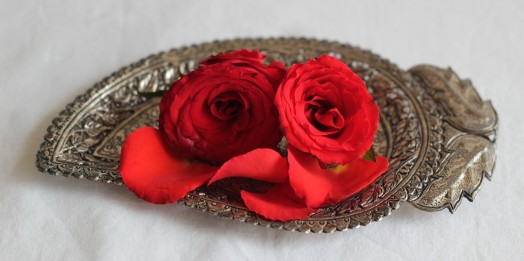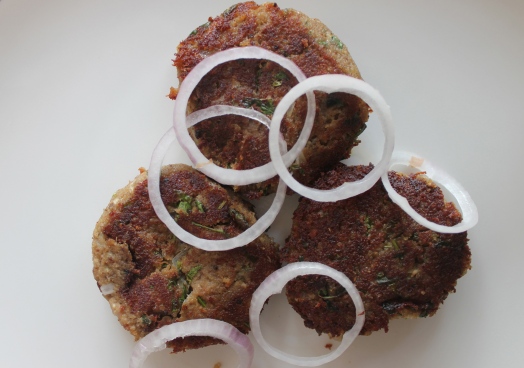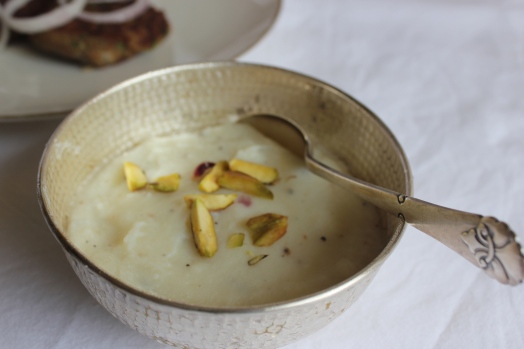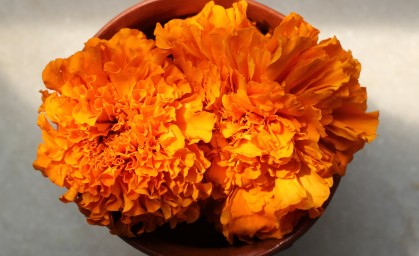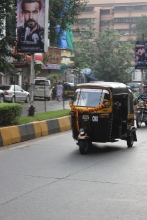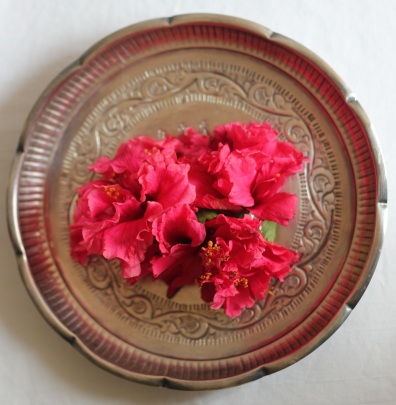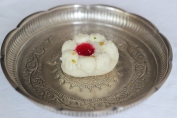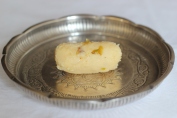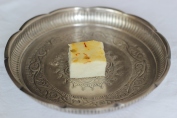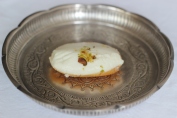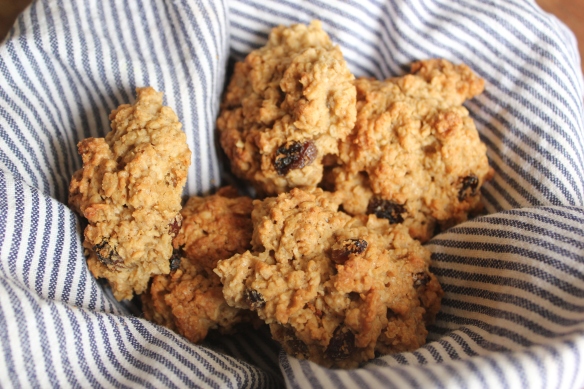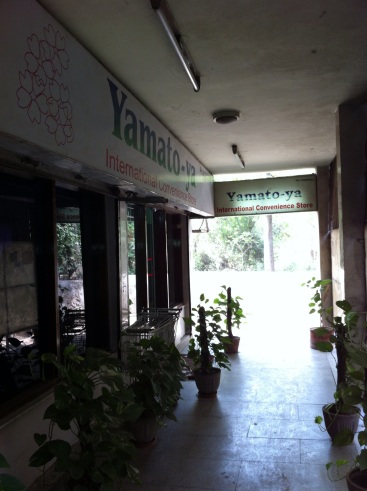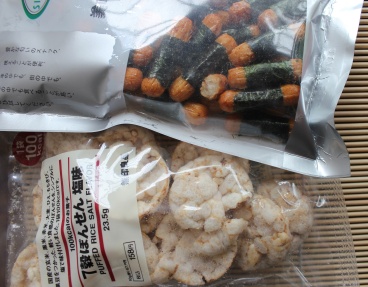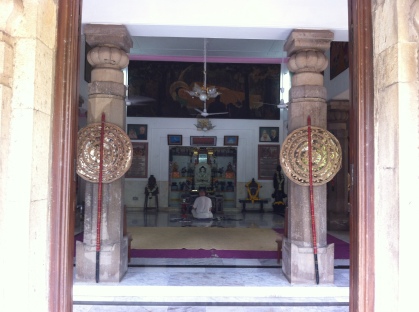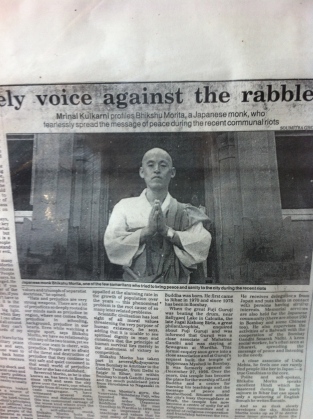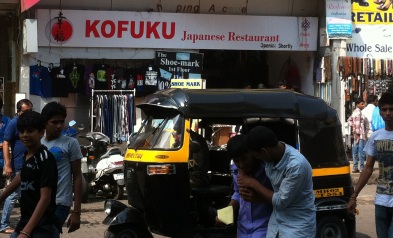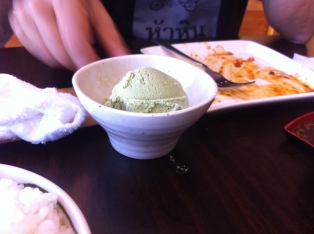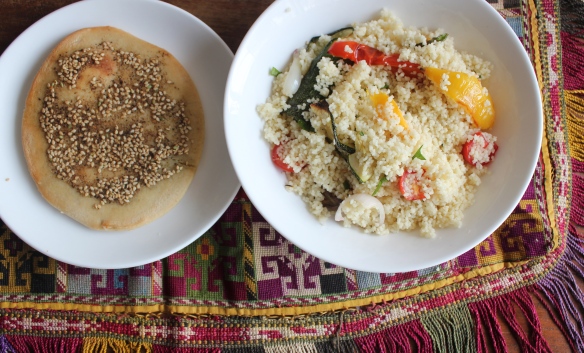Yesterday was Id ul Zuha. Id ul Zuha or Bakrid is a Muslim festival. The prophet Ibrahim (or Abraham) dreamt that God wanted him to sacrifice his only son Ishmael. This festival honours both this act of submission and his son’s acceptance to being sacrificed. God intervened and a ram was sacrificed instead.
Muslims around the world attend morning prayers at their local mosques. These prayers are followed by visits to family and friends where they exchange greetings and gifts. After this they have feasts, those who can afford it will sacrifice an animal and the meat is shared with their friends, family and the poor.
Shami Kebabs are traditionally eaten at Eid along with something sweet. Normally it would be Kheer Khurma or Seviyan but I love Firni so that’s my Eid contribution. I’ve been experimenting making both Shami Kebabs and Firni and I was quite pleased with how they turned out.
Shami Kebabs
I love Kebabs. My memorable kebab meals are Pathar Kebab at the Frontier Restaurant in the Ashoka Hotel (does the restaurant still exist?), Chapali Kebab in a dhaba outside Peshawar washed down with lovely Kahwa and Tunde Kebab in the Chowk area of Lucknow (2 plates of kebabs with 3 parathas shared by a friend and I think it cost Rs.19 which even 10 years ago was a ridiculously cheap meal).
But, my favourite kebab is the Shami Kebab. According to Wikipedia the Sham part of Shami refers to Syria or the Levant and Muslim immigrants from the Middle East introduced these kebabs to India during the Mughal period.
Ingredients
should make 12 patties
500 grammes goats’ meat minced
2 onions
1 tablespoon Bengal Gram
½ tablespoon ginger paste
½ teaspoon roasted cumin powder
½ teaspoon red chilli powder
½ teaspoon black pepper powder
¼ teaspoon cardamom powder
3 cloves
½ cup coriander leaves
¼ cup mint leaves
1 tablespoon Besan (chickpea flour)
salt to taste
oil to shallow fry
Method
Roughly chop 1 ½ onions. Combine the meat, the chopped onion, the Bengal gram, ginger and the spices. Add 2 cups of water , bring to a boil, turn down to a simmer and cook for anything up to an hour, till it is cooked and the water has completely dried up. You might need a bit more water. Also it can be cooked in a pressure cooker. On high heat for for 3 whistles and then turn the heat down to medium low and cook uncovered till the meat is soft and the water has evaporated (I know pressure cookers aren’t very cool but it is quicker).
Remove the cloves and discard. After the meat cools grind it in a blender till its a smooth paste. Put it away in the fridge for at least an hour. It can be left overnight.
Dry roast the chickpea flour in a frying pan till it gets a little darker. Add to the mince.
Dice the rest of the onion finely, chop the coriander and mint. Make a patty from the mince, an indention in it put a teaspoon of the onion, mint, coriander mixture into it. Fold over and turn it back into a flat patty.
Put a little bit of vegetable oil in a frying pan and shallow fry.
Serve with-
Onions rings soaked in salt and lime juice.
Mint and coriander chutney and
Sheermal, baqarkhani or parathas.
Firni
One of my favourite desserts is Firni. Firni is a rice pudding made using ground rice (I cheated and used rice powder). The best Firni I’ve had is at Karims in Shahjahanabad or Old Delhi. You have this rich, delicious meaty meal and end with a cold Firni served in a shallow clay pot topped with pistachios. Perfect end to the meal.
Ingredients
2/3rds cup of milk + 4 cups of milk
3 tablespoons rice powder
½ cup sugar
½ teaspoon cardamom powder
2 tablespoons pistachios, chopped
Method
Put the rice flour in a bowl. Slowly add the 2/3rds cup of milk. Mix to a smooth paste.
Boil the milk and sugar in a saucepan over a medium low flame. Add the cardamom. Remove from the heat when it boils.
Stirring constantly with a whisk, add the milk to the rice powder and milk paste. Put it all back into the saucepan, place on a low flame and bring it to a simmer, stirring constantly. Cook for about 5-10 minutes until it starts thickening.
Pour into shallow bowls and cool. When it has set a little, refrigerate. Serve chilled, sprinkle with the chopped pistachios.
Delish…..

